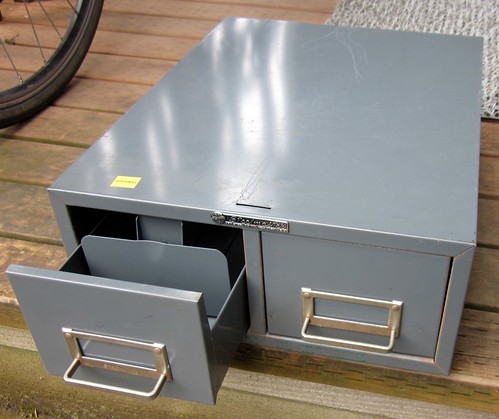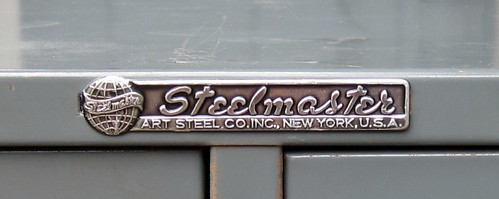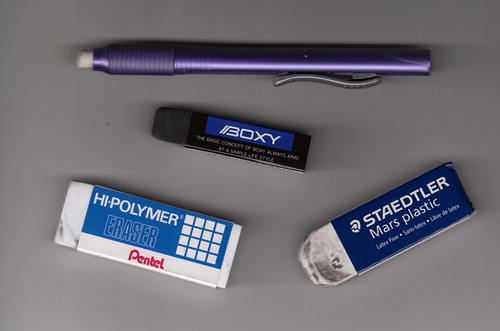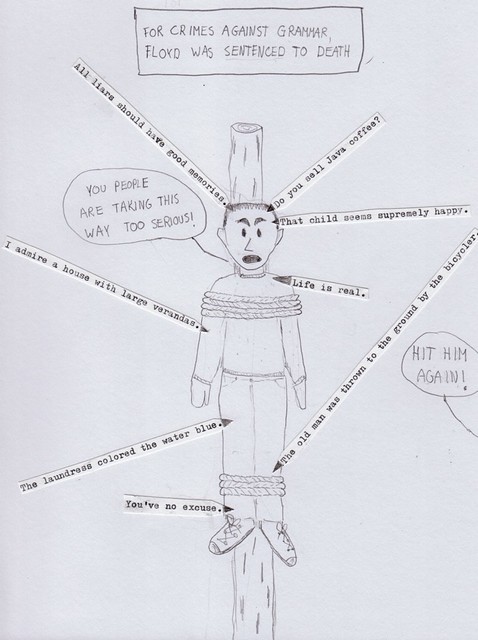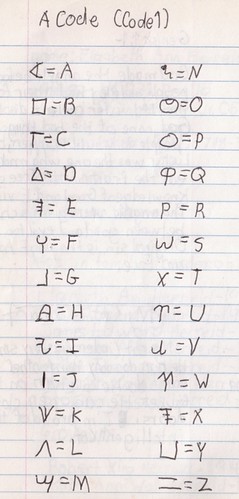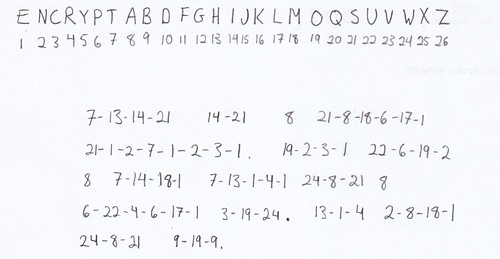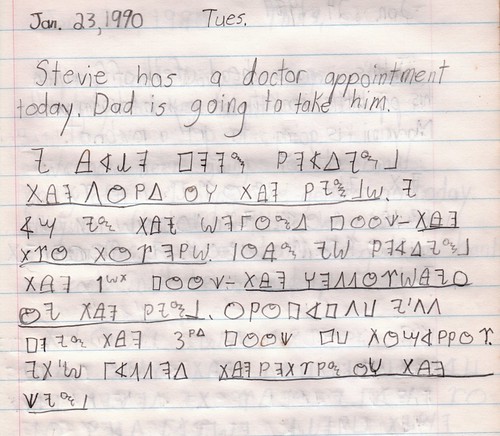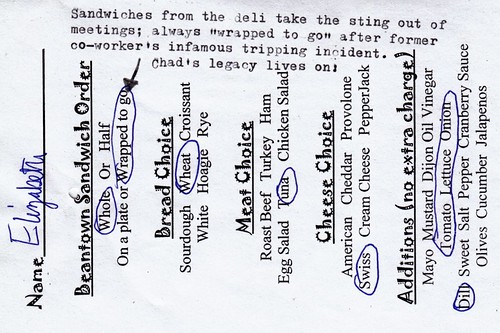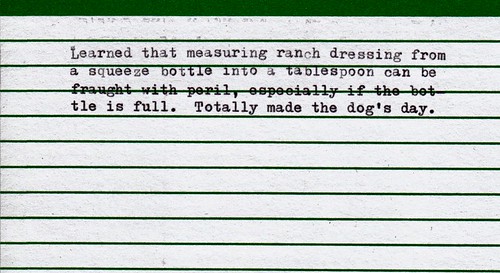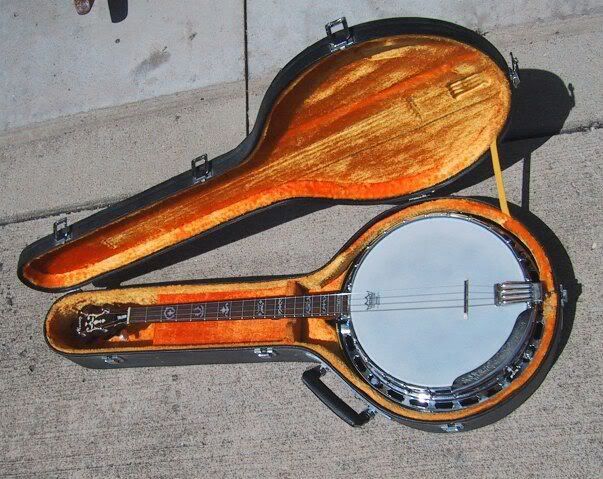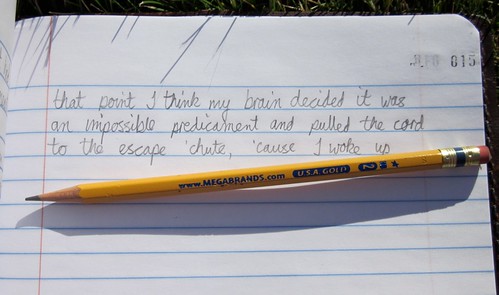
I have a number of well-liked pencil varieties...more than I should probably confess to. Many or most have been heavily reviewed elsewhere. So today...I want to stick in a plug for a pencil that's a bit of an underdog: the Musgrave Test Scoring 100, made right here in the US in Shelbyville, TN.
I'm only aware of a few reviews--here and here, for example. And I'll say up front, I'm not an experienced, competent reviewer like these folks. You should almost certainly trust their reviews (rather lukewarm or negative as they are) over mine. I take no responsibility for consequences stemming from my words here.
That said, I would like to go out on a limb and state another thing up front: I flippin' love these pencils.
I even love their appearance: that thin, somewhat chintzy silver-colored paint, for one. It warms the heart of anyone who has ever used silver spray paint to make cardboard robots or other such backyard crafts. It's so wonderfully tacky. And the unapologetically plain pink eraser and unpainted ferrule also tug at my heartstrings. The whole thing reminds me of some sort of homemade toy, which makes me smile. They're so ugly, they're adorable.
But it's a pencil: a writing instrument, first and foremost. How does it write?

As the little icony graphic surrounding the pencil's name illustrates, these pencils were designed to be used for filling in the little bubbles on multiple-choice tests: they are meant to make a good, solid, dark mark, easily read by those Scantron machines. And making dark marks is what they do. They are a little on the soft side, and slightly waxy. Some dark pencils can be a little powdery in feel, easily worn down and somewhat prone to crumbling. These are less so, and less prone to smearing as well, but if you look very closely at the dark writing, you can see a bit of texture to it. At a microscopic level, it may not cover the paper quite as thoroughly as the more powdery pencils.
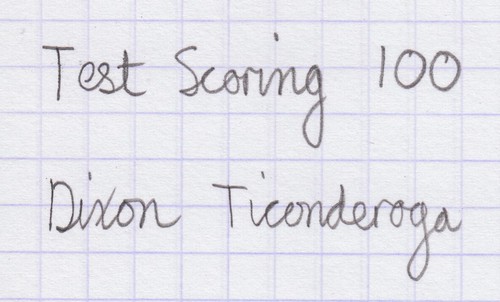
Hard to see from this scan, but it's actually somewhat darker than the Ticonderoga, but perhaps less sharp

Somewhat blurry close-up attempt to show the texture I'm referring to.
They do wear down a little faster than at least some HB pencils--they're more akin to 2B grade, I'd say--but aren't unreasonably fast-wearing. And I've had zero issues with lead breakage. Most importantly, I just plain love the way they feel on the page. They require very little pressure, and they are very smooth, yet...chewy. Chocolatey. I don't know quite how to put it. It's not the almost chalky smoothness of, say, a California Republic Palomino HB, but something slightly more substantial. It almost reminds me of the silky-yet-springy feel some mechanical pencil leads have, to my mind. Others have stated they found the lead scratchy, which makes me question my sanity...but what else is new? Another point in their favor: the leads have been perfectly centered in all I've sharpened so far--poorly centered leads being a serious pet peeve of mine. And the pencils sharpen easily and cleanly. I believe the wood is either cedar or basswood. They don't have a strong aroma.
Aside from the slight texture to the writing they produce, their other potential downside is the pointiness of the corners. Unlike vintage pencils, most pencils these days are actually semi-hexagonal rather than straight hexagonal: the corners are softly rounded off. Musgrave doesn't do this. These corners are straight cut. They aren't sharp, but they're definitely more cornered than your average modern pencil shape. This looks classy and makes them reassuringly grippy at first, but during long writing stints, you start to notice the edges, and not necessarily in a comfortable way. On the bright side, they will build up your writing callouses and help you feel like a serious old-school writer, if this is your dream.
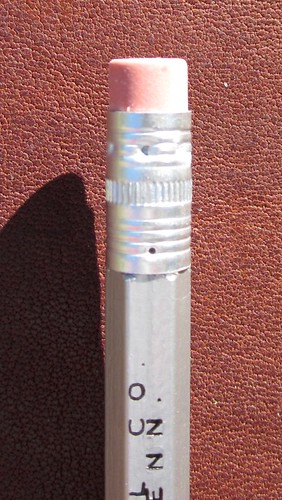
The eraser is...your average rubbery eraser. It is no worse than most attached erasers: i.e. it will do in a pinch, but I vastly prefer my Papermate Black Pearls and Mars Plastic erasers. The ferrule is plain, unmarked metal.
From what I can determine, for standard consumers, these are most easily available via Pencil Things--either directly from their website at PencilThings.com, or (in packs of three dozen) via their store on Amazon.com.

Smear test--it does smear a tiny bit more easily than a standard Ticonderoga HB
And now, one of these days I need to get my hands on some Musgrave's HB pencils!

